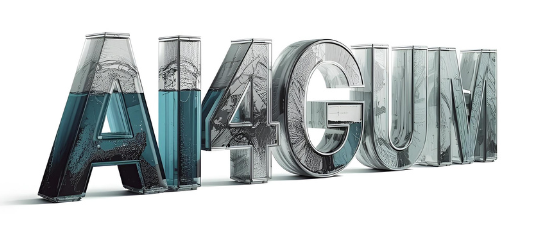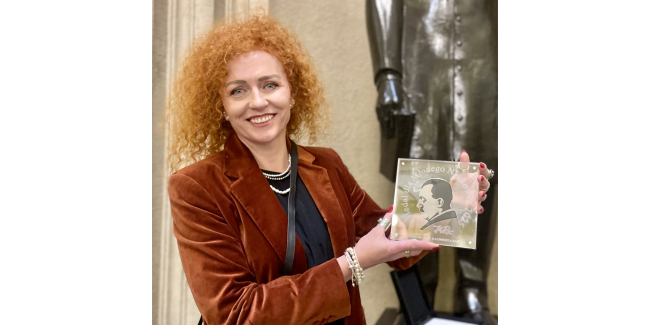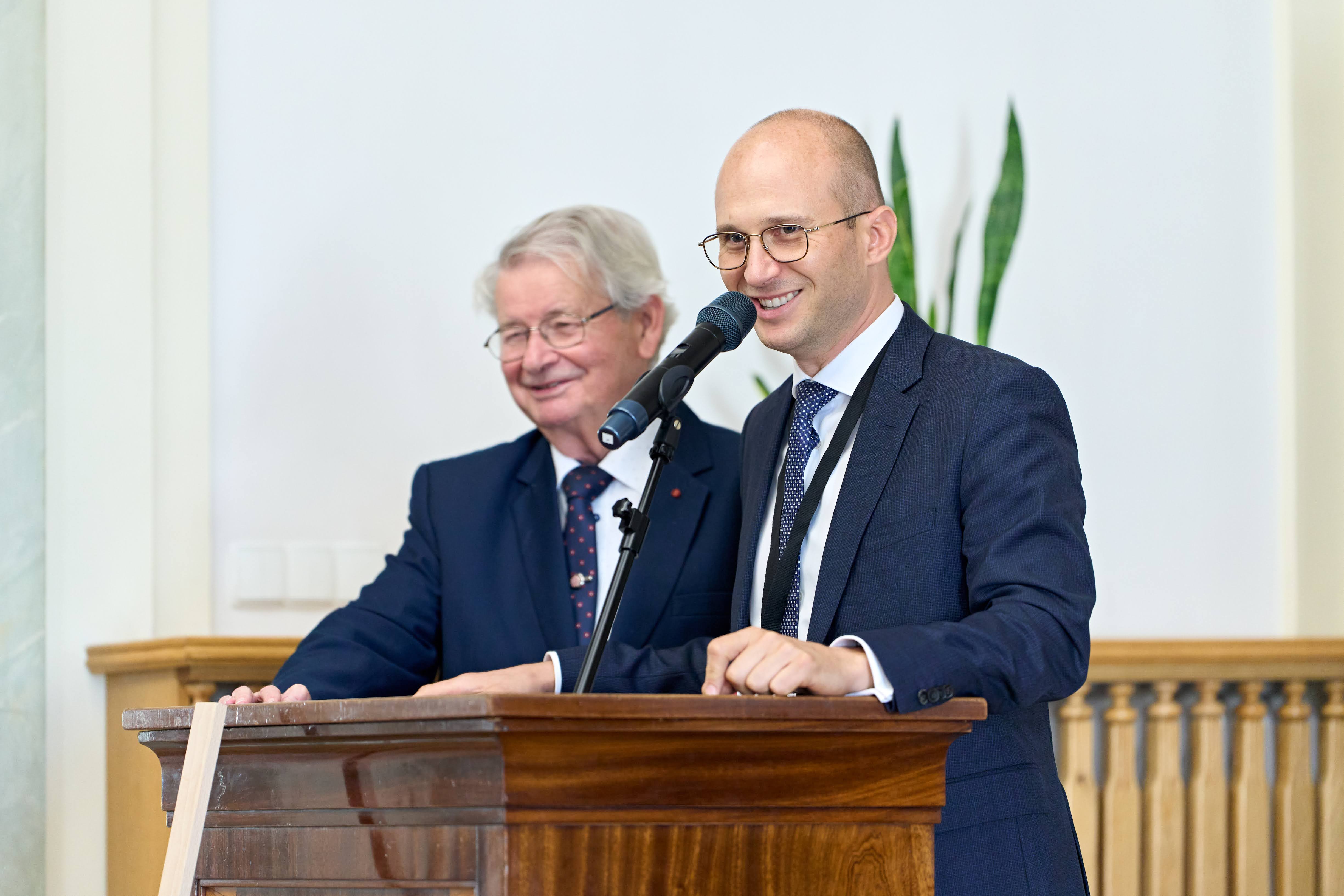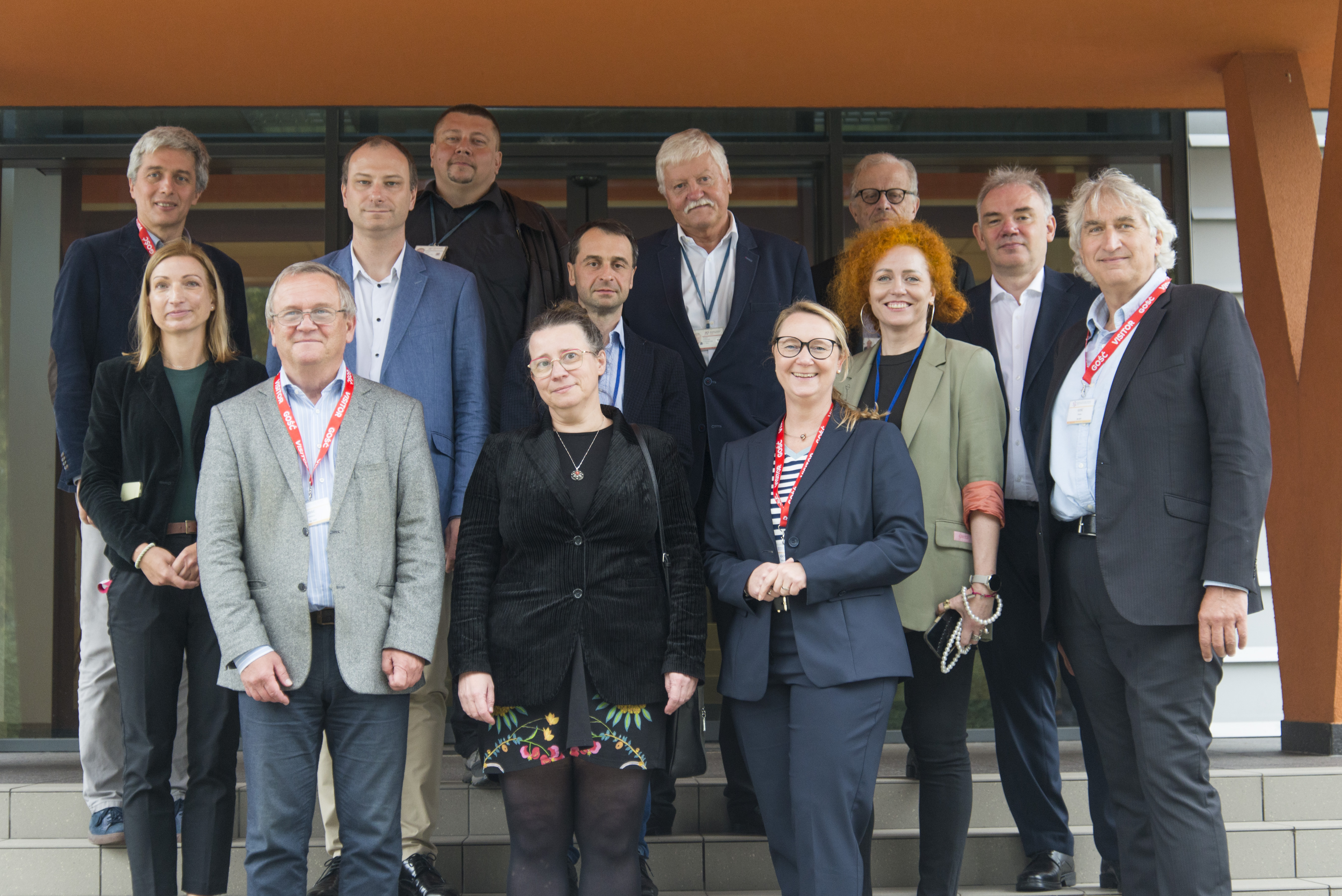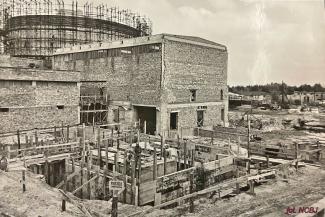We are one of the largest scientific institutes in Central Europe. Our Centre is a unique research unit in the country. We have a very rich history and, above all, a huge scientific output, mainly in fields such as physics, nuclear and plasma technologies. We conduct basic and applied research related to nuclear energy and various areas of subatomic physics. Our work is interdisciplinary and covers the following scientific fields: physics, materials engineering, automation, electronics and space technologies, environmental engineering, mining and energy, pharmaceutical sciences.
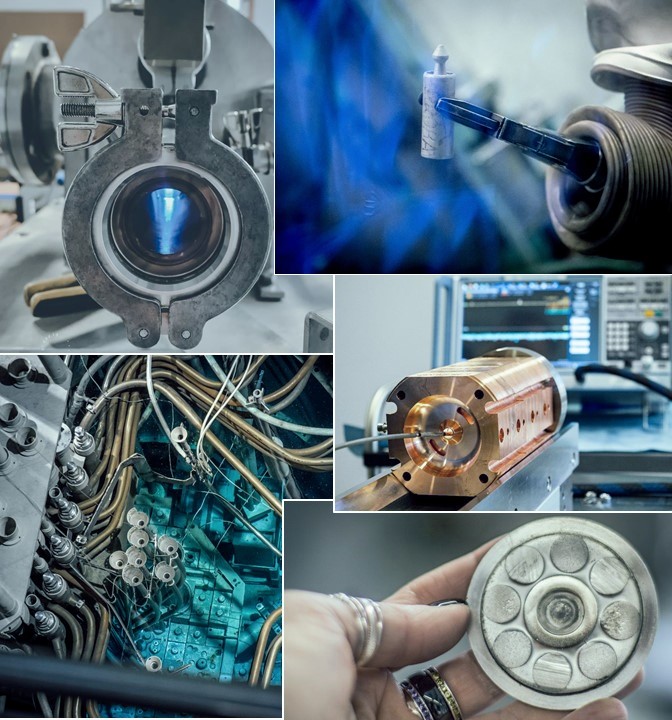
News
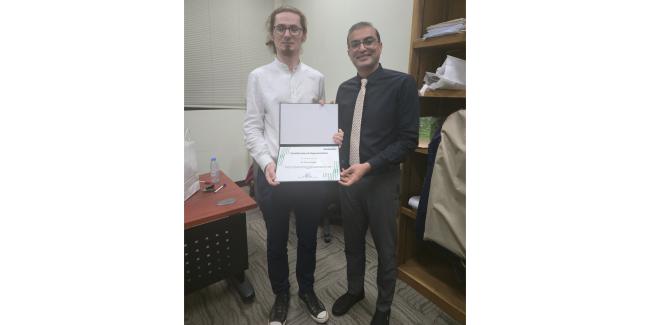
Dr Piotr Kopka wins international award for innovation in nuclear energy
Dr Piotr Kopka, assistant professor at the National Centre for Nuclear Research (NCBJ), has won the prestigious International Nuclear Innovation Award in the expert category. The award was granted by the Interdisciplinary Research Centre for Industrial Nuclear Energy (IRC-INE), operating at King Fahd University of Petroleum & Minerals (KFUPM) in Saudi Arabia.
MARIA Reactor
Departments
POLATOM
Upcoming Events
Photogalleries

